How Hong Kong restaurants embraced casual street food classics – from beef brisket noodles to French toast, homely cha chaan teng favourites are now on the menu at fine dining hotels
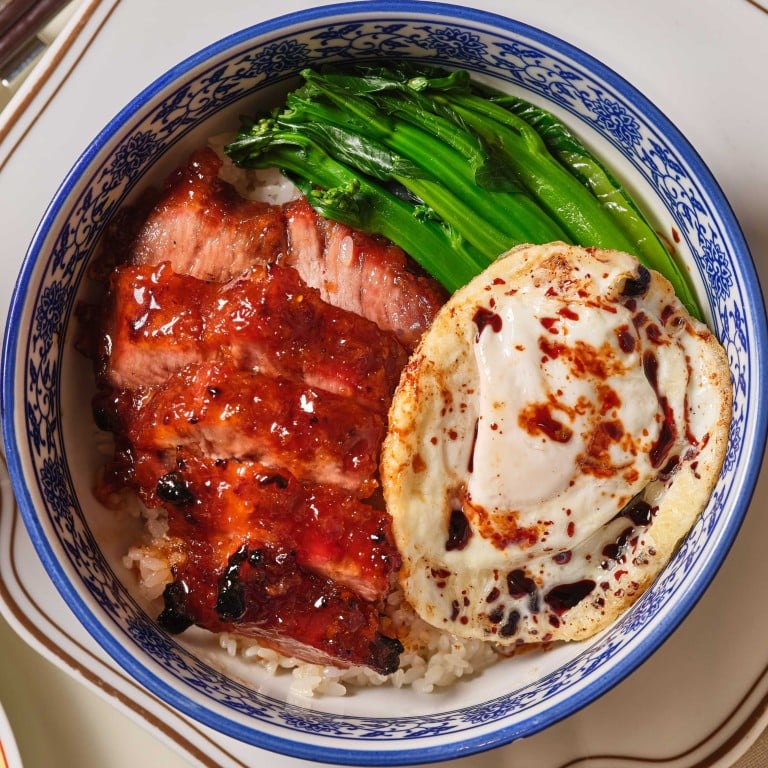
A look back at 2023 shows a city gazing inward at its own past. One of the most notable culinary trends of the year in Hong Kong has been the taste for all things nostalgic, with diners and chefs showing renewed interest in traditional Cantonese dishes and cha chaan teng culture.
Love for the city’s dai pai dongs and casual cafes is nothing new – Hongkongers have long enjoyed their relaxed atmosphere, lively shared tables and fast, affordable dishes such as fried eggs and spam in macaroni soup or baked pork chop rice.
What is new, however, is the upsurge of appreciation for these homely staples expressed by some of the city’s most upscale dining establishments. Elevated versions of cafe classics such as beef brisket noodles, and Hong Kong-style French toast with condensed milk, have been finding their way onto menus at an increasing number of high-end eateries.

Across the territory, restaurants at all levels of lavishness are delving into Hong Kong’s culinary past, giving classic dishes a fresh spin – but always maintaining the link with the city’s heritage.
Professor Sidney Cheung Chin-hung, an anthropologist at the Chinese University of Hong Kong, points out in his book Hong Kong Foodways (2002) that a nostalgia for “tradition, remembrance of the past and an imagination of the ‘good old days’” first developed during the pre-handover period in the 1990s: “Hong Kong residents puzzled over how they wanted to position themselves vis-à-vis their identity and their engagement with the mainland. Were they Chinese or Hongkongese?”
Kung Food: Inside TikTok star Jon Kung’s ‘third-culture cooking’ recipe book
This led to increased interest in the traditional cuisine of New Territories’ villages and dishes considered comfort food such as claypot rice, as well as a rise in private kitchens offering “homestyle” cooking.
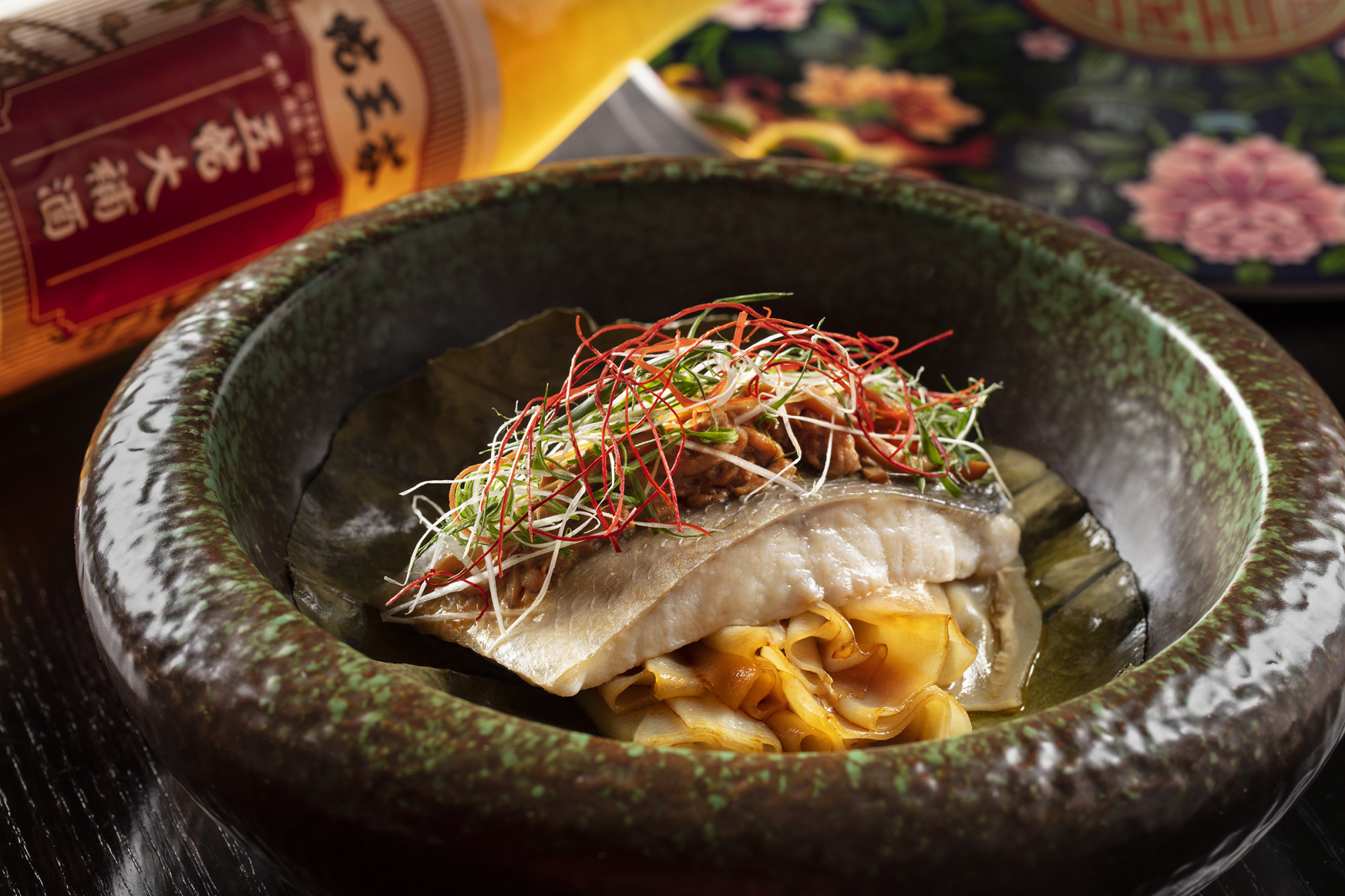
Over the past few years, with the city battered by social unrest and the Covid-19 pandemic, Hongkongers have once more reflected on what it means to be from Hong Kong, and this has been in evidence amid the city’s nostalgic turn.
While disruptions to supply chains during the pandemic compelled chefs to look for more ingredients locally, showcasing what the SAR has to offer has also become a matter of pride, with restaurants helping to foster a sense of Hong Kong’s distinct identity through offering what people have traditionally liked to eat.
This can even be seen in the city’s bar scene, with Argo at the Four Seasons Hotel, for example, having a cocktail menu inspired by six key Hong Kong ingredients, including black vinegar, XO sauce and apricot kernels. Artisan Lounge K11 Musea, which offers all-day high tea and cocktails, recently released mini pineapple bun biscuits as culinary souvenirs for visitors to take home.
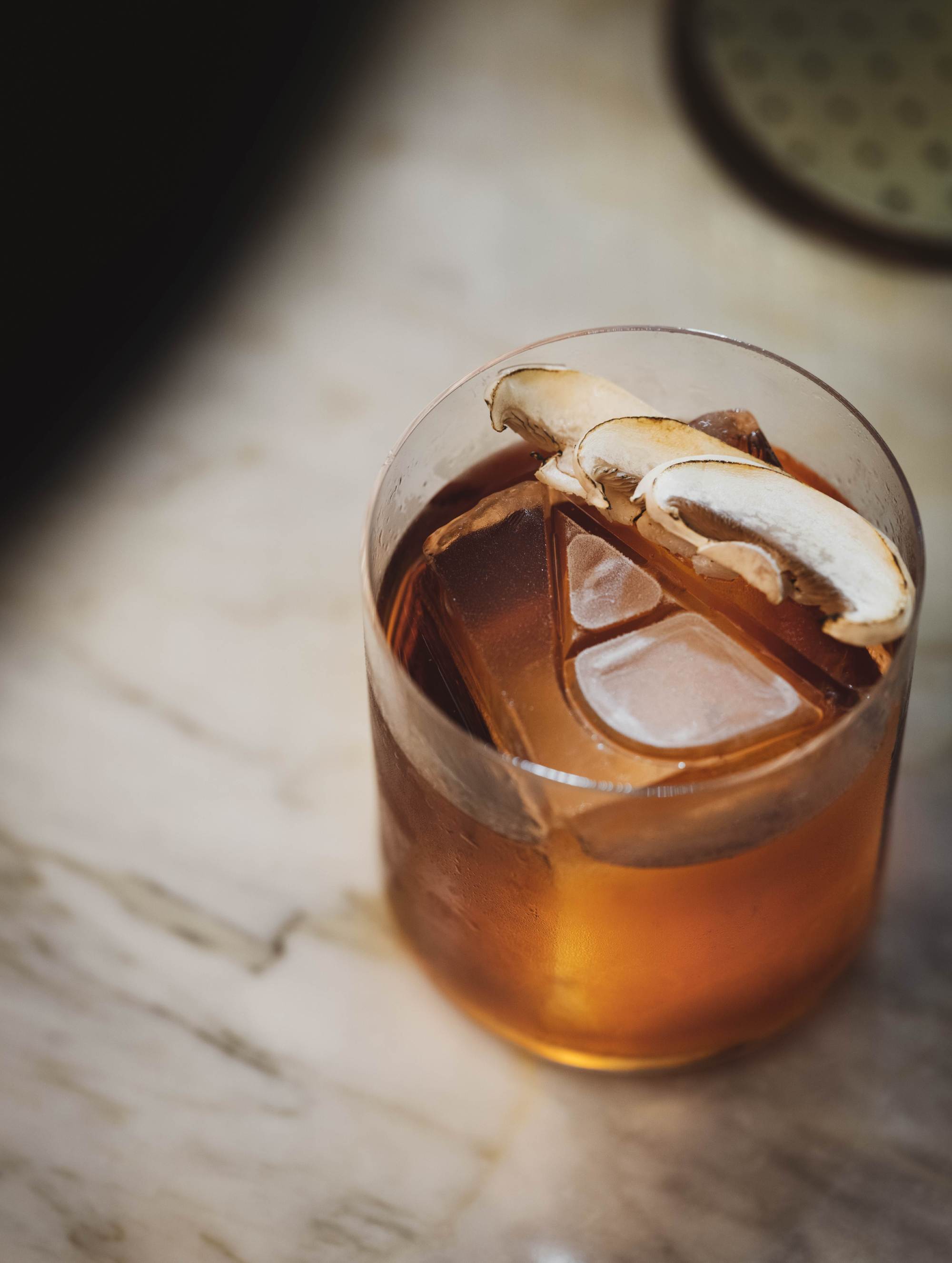
Informal Affairs, the rooftop pop-up at Ovolo Southside, is a dai pai dong-inspired gin bar taking its references from the 2002 hit film Infernal Affairs, set in 1990s Hong Kong. Cocktails are made with NIP gin, an award-winning local brand, and are served with a vegetarian menu of playful spins on Hong Kong favourites, such as lightly battered salt and pepper tofu, gin-brined aeroplane olives, and sourdough pineapple bun with lemon butter.
Upmarket restaurants across the territory are also introducing special menus and dishes that champion Hong Kong’s culinary past. In October, Holt’s Café at the five-star Rosewood hotel launched a Sunday brunch that celebrates local food culture with dishes such as roast duck with lai fun soup noodles, and pork and shrimp wonton soup, with egg tarts and mango pomelo sago soup for dessert.
‘The hipsters are coming!’: does Lamma’s new ‘townie’ Terracotta restaurant deliver?
Fabian Altabert, culinary director at the Rosewood Hong Kong, says that they launched the brunch to give residents and hotel guests an authentic taste of local cuisine.

“Hong Kong is known as a gastronomic city, and our international and mainland Chinese guests are keen on exploring local dining culture and reputable street foods. With more international travellers visiting again, we think this is the best time to showcase the best of Hong Kong, especially for guests not able to savour authentic flavours in local cha chaan tengs,” he said.
“We’ve also seen many local eateries close due to the pandemic, so Hongkongers themselves are looking for authentic Hong Kong flavours,” added Altabert.
Dishes are kept largely traditional, with only contemporary tweaks to make them “very Instagrammable”, and Altabert revealed that the brunch has attracted different generations of Hongkongers.
Local Bites, a pop-up series at the Island Shangri-La’s Cafe Too and the Kowloon Shangri-La’s Cafe Kool that offers authentic local tastes, has been so successful that the hotels have launched follow-up versions this year.
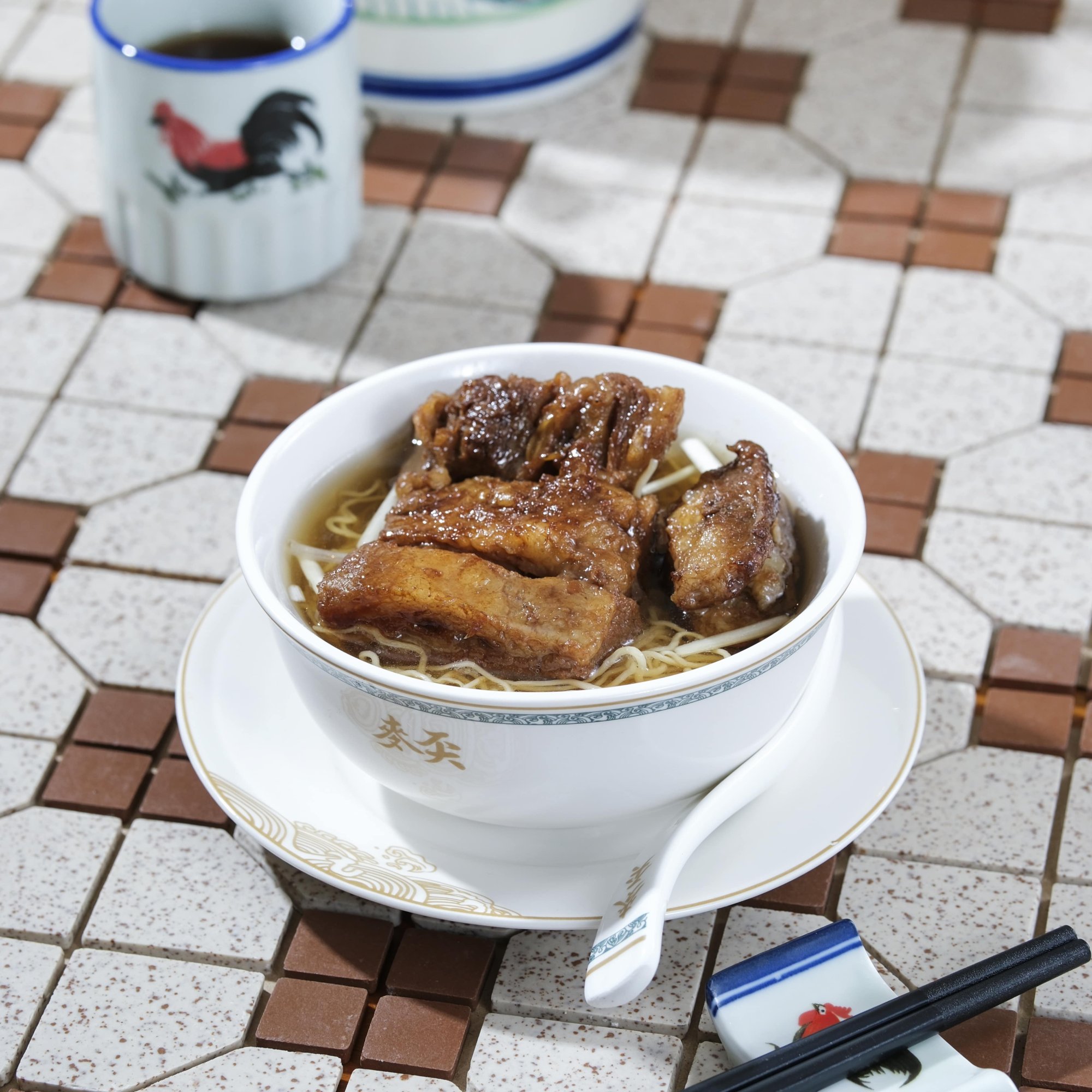
Running until the end of February 2024, the new iteration offers dishes from iconic local restaurants Mak’s Noodle, Yung Kee Restaurant and Shu Kee on a rotating basis.
The Hong Kong-style dishes include pan-fried goose liver sausage toast, and premium barbecued pork belly rice from Yung Kee Restaurant; stirred noodles with spicy minced pork sauce, and the much-loved beef brisket noodles from Mak’s Noodle; and Shu Kee’s bean curd ice cream.
Inside chef Barry Quek’s vision for Michelin-starred Whey in Hong Kong
“Having these historically significant and popular eateries under one roof for locals and international travellers to enjoy creates a sense of exclusivity,” said Freddy Cheung, food and beverage manager at the Kowloon Shangri-La.
“We aim to create a dining experience where guests can gather to reconnect with, and celebrate the timeless local flavours that evoke treasured memories of Hong Kong’s distinctive culinary heritage.”

While some restaurants are offering purely traditional Hong Kong dishes, others are drawing on tradition while adding a little contemporary flair.
One example is Saito Chau, culinary director at Chinesology in Central, who partnered with four local brands to develop a menu called Flavours of Hong Kong, which launched back in May. The menu was so popular he launched Flavours of Hong Kong: Chapter 2 in August.
In this case, the brands – Tiu Yuen Soy, Ser Wong Fun, Lee Hoong Kee and Kam Hing Noodles – each date back around 70 years.
“We sought out brands that not only had an illustrious history in Hong Kong, but also embodied the artisan spirit that we so deeply respect. These brands, each a stalwart in their respective speciality, are true custodians of our traditional culinary practices,” he said.
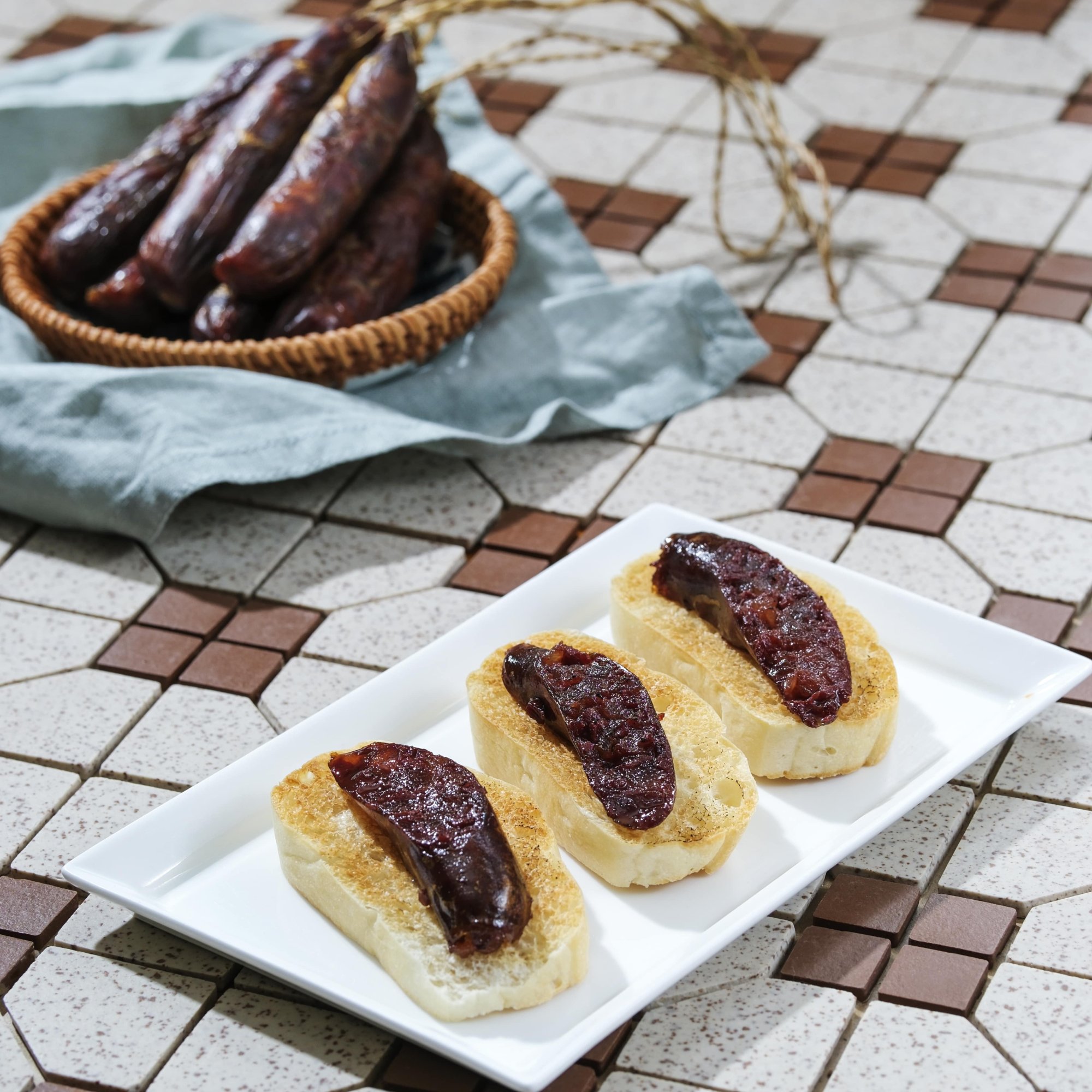
Chau marinated chicken with Tiu Yuen Soy’s sweet soy sauce, which is naturally fermented for six months, and used it in his dessert of egg waffle with miso-flavoured ice cream. He made a cocktail with Ser Wong Fun’s home-made snake wine, and used Kam Hing Noodles together with ingredients from Chinese medicine store Lee Hoong Kee in his dish of abalone with crispy pan-fried noodles.
Chau departed from tradition in these dishes because he believes any cuisine is inherently dynamic and evolves over time.
“While our dishes are deeply rooted in tradition, adopting modern interpretations allows us to present a refreshed perspective on these classic flavours. By infusing contemporary aesthetics and techniques into our dishes, we’re able to resonate with a wider audience, offering them an experience that’s both familiar and novel,” Chau said.
8 quirky themed Hong Kong cafes and restaurants perfect for Instagram
For him, the city’s fascination with the nostalgic reflects more than just the rebalancing of Hong Kong identity – it also reveals a collective yearning to reconnect with our roots in a rapidly globalising world.
“As the culinary world continues to innovate, there’s a growing admiration for the craftsmanship and authenticity inherent in traditional cuisine,” Chau said. “These timeless dishes, steeped in memories and shared experiences, offer a comforting sense of community and continuity.”

- Hongkongers love nothing more than munching on basic, hearty soul food at traditional dai pai dongs – but the city’s upmarket restaurants have typically disparaged everyday home-grown favourites
- Now nostalgia for a lost golden era is seeing local classics like barbecued pork belly, wonton soup and egg tarts served at the five-star Rosewood hotel and Island Shangri-La – and mainland tourists can’t get enough